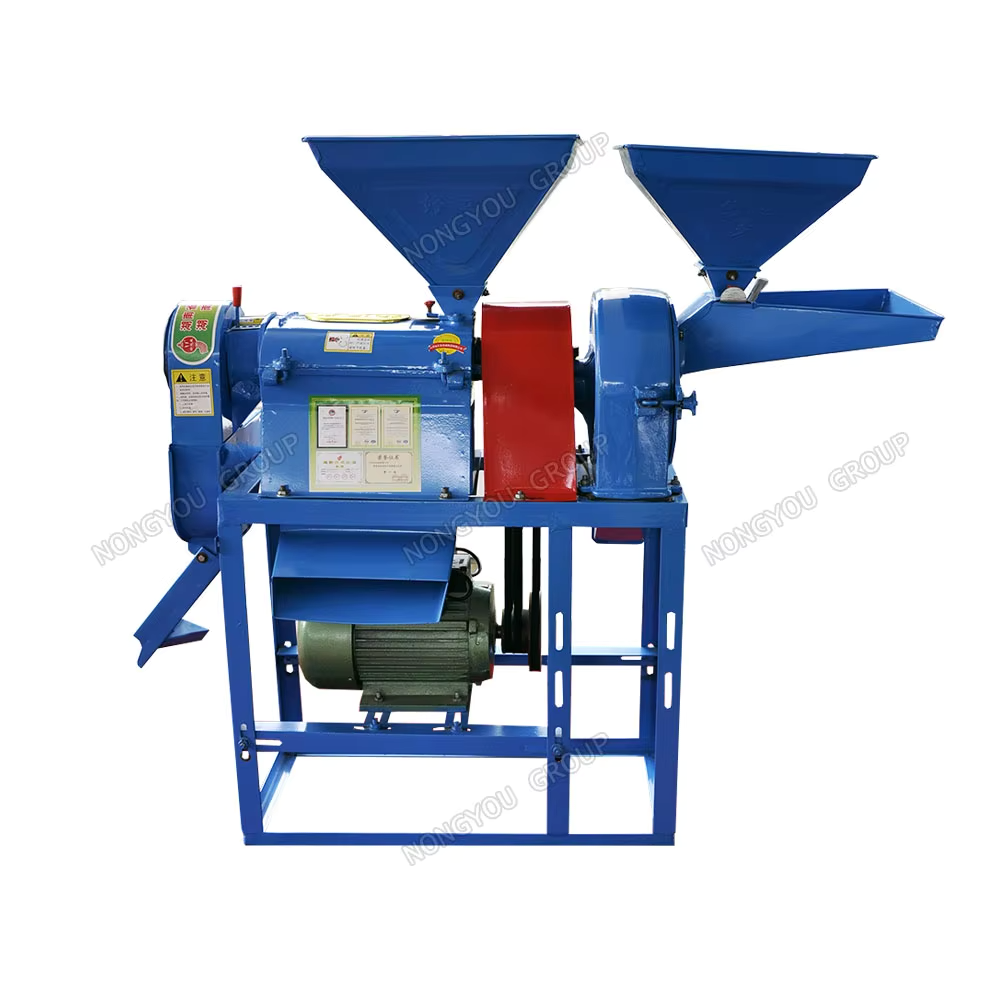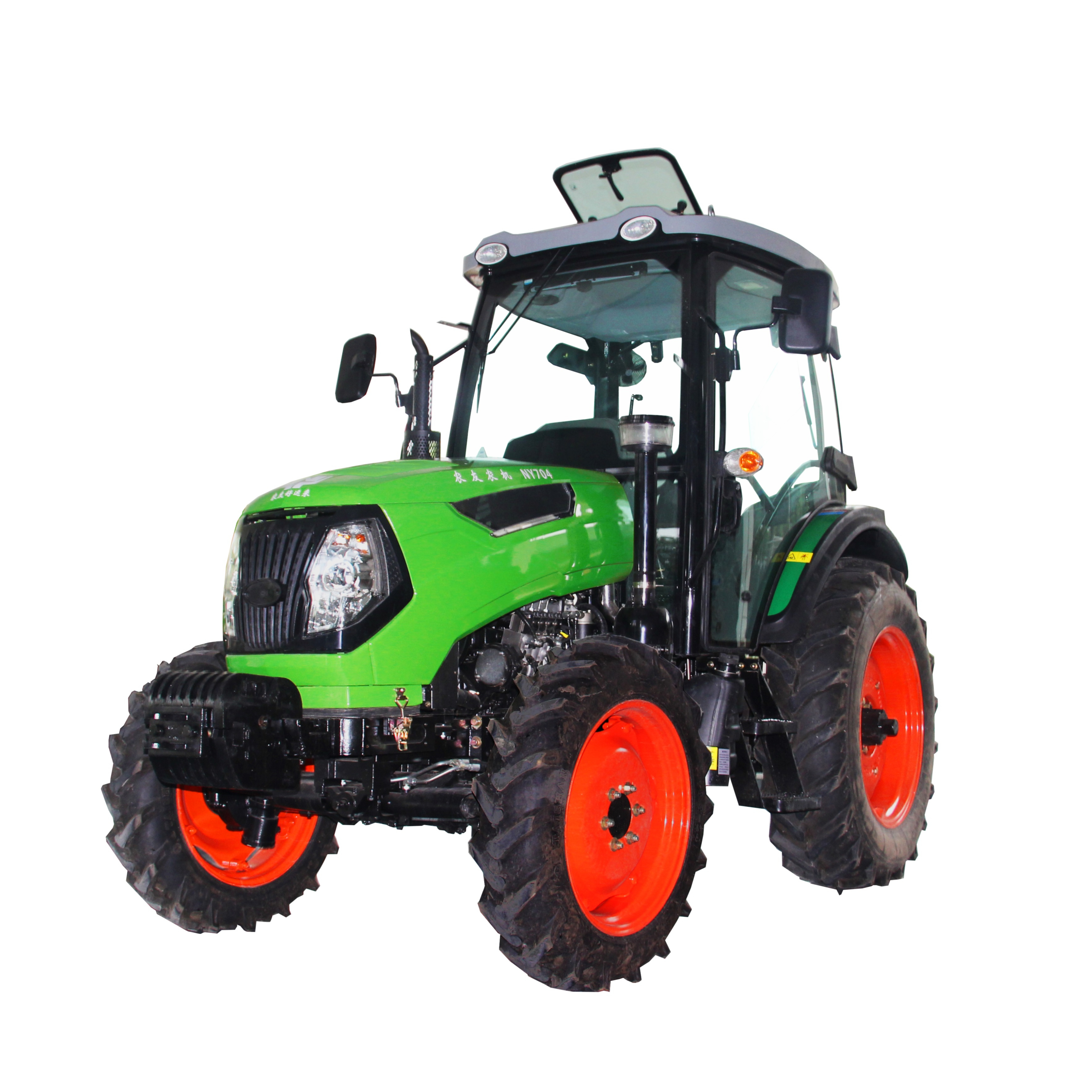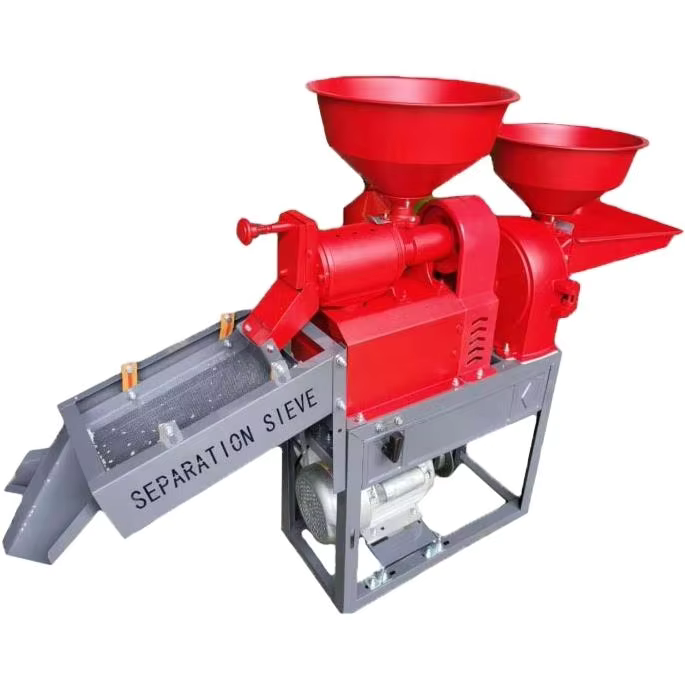maize thresher
A maize thresher is an essential agricultural machine designed to efficiently separate corn kernels from the cob, revolutionizing the traditional manual threshing process. This advanced equipment integrates multiple technological features to ensure optimal performance and productivity. The machine typically consists of a feeding system, threshing cylinder, concave screen, cleaning unit, and power source. The threshing mechanism employs a combination of impact and rubbing actions to effectively remove kernels while minimizing damage. Modern maize threshers incorporate adjustable speed controls to accommodate different corn varieties and moisture levels, ensuring versatile operation across various harvesting conditions. The machine's capacity can range from small-scale operations processing a few hundred kilograms per hour to industrial-scale units handling several tons hourly. Advanced models feature automated feeding systems, precision controls for threshing pressure, and integrated cleaning mechanisms that separate kernels from chaff and other debris. The technology has evolved to include safety features such as emergency stop mechanisms, overload protection, and ergonomic design elements for operator comfort.


